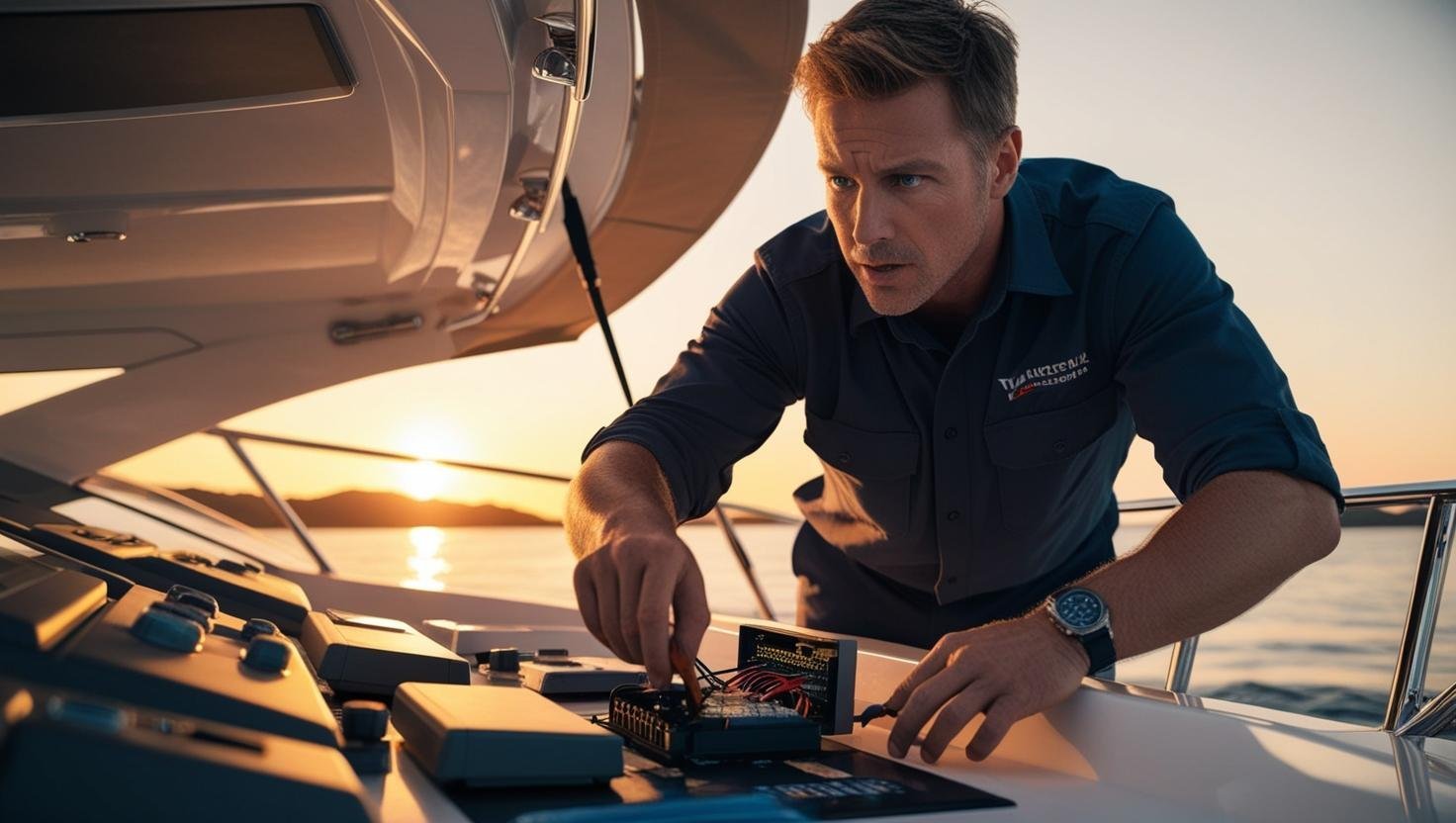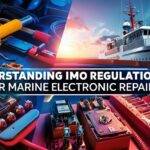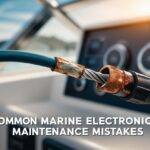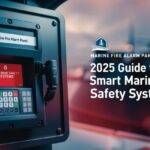Ship owners very frequently overlook technological malfunctions, assuming they are just a glitch. Although, the electronics are alerting you to a problem, including bad wiring, corrosion, damage, or improper installation which are often ignored. Fortunately, a lot of problems that you face in ships are not very complex and can be fixed easily. You will save yourself a great deal of worry if you know what to look for when issues arise and some typical solutions. This marine electronics troubleshooting guide will help you troubleshoot your marine electronics problems.
Importance of troubleshooting
Maintaining maximum functioning and guaranteeing the safety of both sailors and ships depends on troubleshooting marine electronics. The consequences of electronic problems can be extensive where marine electronics control onboard equipment, communication, and navigation.
Essential operations at the core of maritime operations could be disrupted by electronic malfunctions. Navigational systems may malfunction, leaving one’s path unclear. The crucial connection between ships and land could be lost if communication systems malfunction and ship GPS repair is not performed on time. Even worse, a breakdown in vital onboard systems could jeopardize not just the success of the journey but also the passengers’ safety.
Check the power connection
If any maritime electronics system does not power up, check the fuses or the power connection at the device. Similarly, if an instrument turns on but nothing appears on the screen, adjust the contrast or brightness of the display. Occasionally, these are altered to make displays invisible in various lighting situations. You must be on the radar if you’re not picking up targets. For instance, make sure you are on the proper range settings and that the gain and sensitivity are set appropriately. Make sure you are in the correct frequency for dual-frequency sounders.
Test your Equipment
The most practical tool for fixing problems that you can carry with you is a volt-ohm meter. You need to know how to electrically test your marine electronics in two fundamental ways. By determining whether voltage is present or absent, a voltmeter may identify the cause of many common electrical issues. An ohmmeter is the ideal tool for locating a damaged or exposed wire or connection, a short in a cable, or a faulty switch.
Check the wires carefully
Before you open the box and see the different colored cables, certain electronic devices appear to be quite simple to install. The colors have a particular function and are not merely decorative. Some lines are connected to transducers and alarms, while others are connected to power, NMEA ports, and so on. Your electrical equipment and other parts won’t function if the wiring is incorrect. So it is very important that you check all the wires carefully.
Don’t cut cables
Some people believe it’s acceptable to cut or join cables that are excessively long which is not acceptable. Certain cables need particular handling while being cut or spliced, or they are purposefully extended for performance. Cutting cables allows moisture to enter since it uncovers the wires inside the casing. One of the good reasons wires are wrapped is to keep water out. Incorrectly reassembled cut wires can also result in electrical system short circuits, which can destroy devices or start a fire.
Why choose Ship Automation?
Ship Automation is a company that sources, repairs, and supplies electrical and marine automation spare parts at competitive pricing. Every major port in the world as well as the entire west coast of India may be served by our skilled team of engineers as we fix ship radar too. Our organization is very dependable and trustworthy because our onboard crew consists of mechanical and electrical engineers who are experts in their respective fields.







